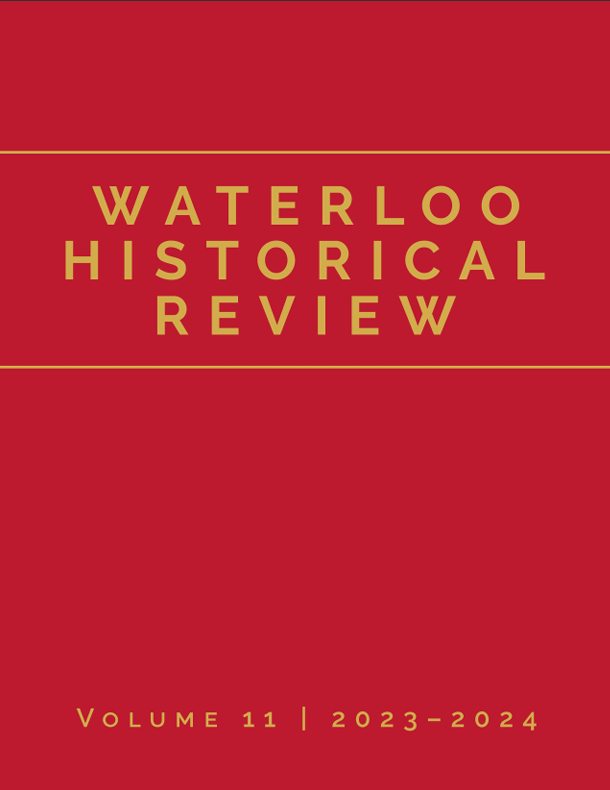Surveying Medieval Perceptions of Nature Using a Combination of Historical and Scientific Sources
DOI:
https://doi.org/10.15353/whr.v11.6417Abstract
In a modern world facing unprecedented anthropogenic environmental disaster, the academic interdisciplinarity is more relevant than ever. Environmental history is an area of study that requires the collaboration of historians and scientists alike. However, research is typically done from a one–sided perspective with little effort to understand the other. As many experts agree, geography heavily influences history.1 Environmental historians must use scientific proxy data regarding past ecological conditions in addition to a variety of historical sources, including religious texts, art, mythology, architecture, economics, and pieces of literature, to reconstruct past perception of nature. By doing so, the historian can gain a deeper insight into the scientific phenomena going on at the same time as historical events and movements to find potential connections. This can be seen in many different areas of environmental history research. This study analyzes various sources of medieval European animals, plants, water, and land use to gain an understanding of the diverse attitudes that people living during this time period held towards their environment. This ensures that environmental historians do not fall into the habit of resorting to approaches that make false generalizations, as leading figures in the field, such as Joyce E. Salisbury and Richard C. Hoffman, have criticized.
Downloads
Published
Issue
Section
License
Copyright (c) 2025 Nicole Vankooten

This work is licensed under a Creative Commons Attribution 4.0 International License.

